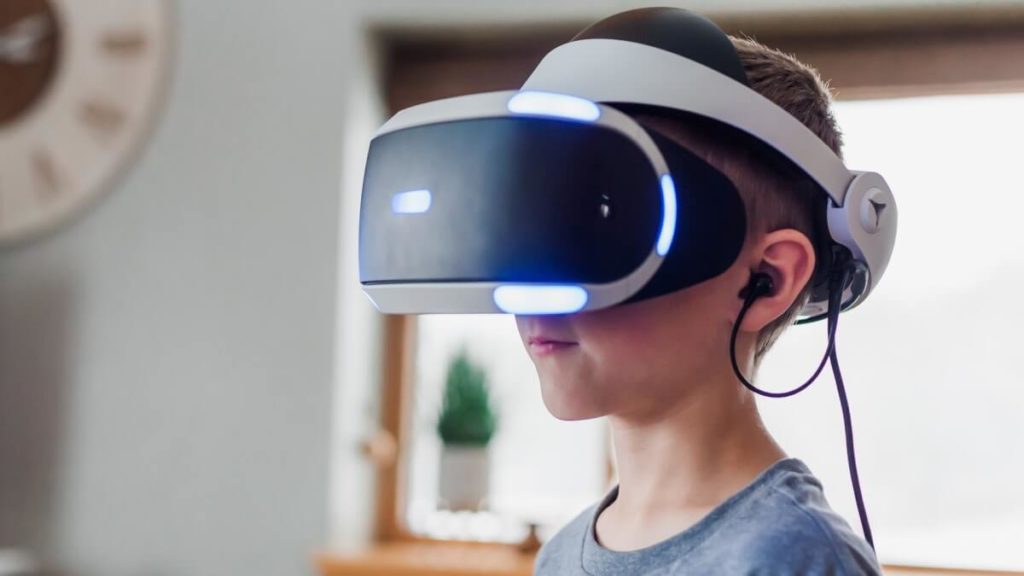
HYPERVSN 3D Catalog
USD 1,200
Qty

HYPERVSN 3D Catalog
USD 1,200
Qty

HYPERVSN 3D Catalog
USD 1,200
Qty
Cart Subtotal:
USD 3,600

HYPERVSN
Marketing Department
If you are interested in immersive technologies, you might have heard of VR helmets and holographic glasses. But what are they, and how do they differ from each other? In this blog post, we will explain the basics of these devices and compare their features.
VR helmets are devices that fit over your whole head and cover your eyes and ears. They create a virtual reality (VR) experience, which means they put you in a completely artificial world you can interact with. VR helmets are often used for gaming, entertainment, education, and design. Some examples of VR helmets are Oculus Quest 2, HTC Vive, and PlayStation VR.
Holographic glasses are devices that look like eyeglasses and overlay digital information on what you are already seeing. They create a mixed reality (MR) or augmented reality (AR) experience, which means they enhance your perception of the real world with virtual elements. Holographic glasses are often used for navigation, communication, productivity, and healthcare. Some examples of holographic glasses are Microsoft HoloLens 2, Google Glass Enterprise Edition 2, and Nreal Light.
The main difference between VR helmets and holographic glasses is the level of immersion they provide. VR helmets offer a high level of immersion, as they block out the surrounding world and replace it with a virtual one. Holographic glasses offer a low level of immersion, as they keep you connected to the real world and add virtual elements to it. Another difference is the ease of use and mobility of these devices. VR helmets are relatively bulky and difficult to wear while doing anything else. Some of them also require external sensors or controllers to track your movements. Holographic glasses are lightweight and easy to wear anywhere. They do not need any additional accessories to function.
Another difference is the features and capabilities of these devices. VR helmets can create a virtual movie theatre or video game world that you can explore and manipulate with your hands or controllers. They can also simulate realistic sensations such as sound, touch, and motion. Holographic glasses can display information, including texts, maps, images, or videos in your field of view. They can also recognize your voice commands or gestures and respond accordingly.
VR helmets and holographic glasses are two different types of immersive devices that have different features, use cases, and prices. Depending on your needs and preferences, you can choose the one that suits you best.




subscribe

USD 1,200
Qty

USD 1,200
Qty

USD 1,200
Qty
Cart Subtotal:
USD 3,600☎️